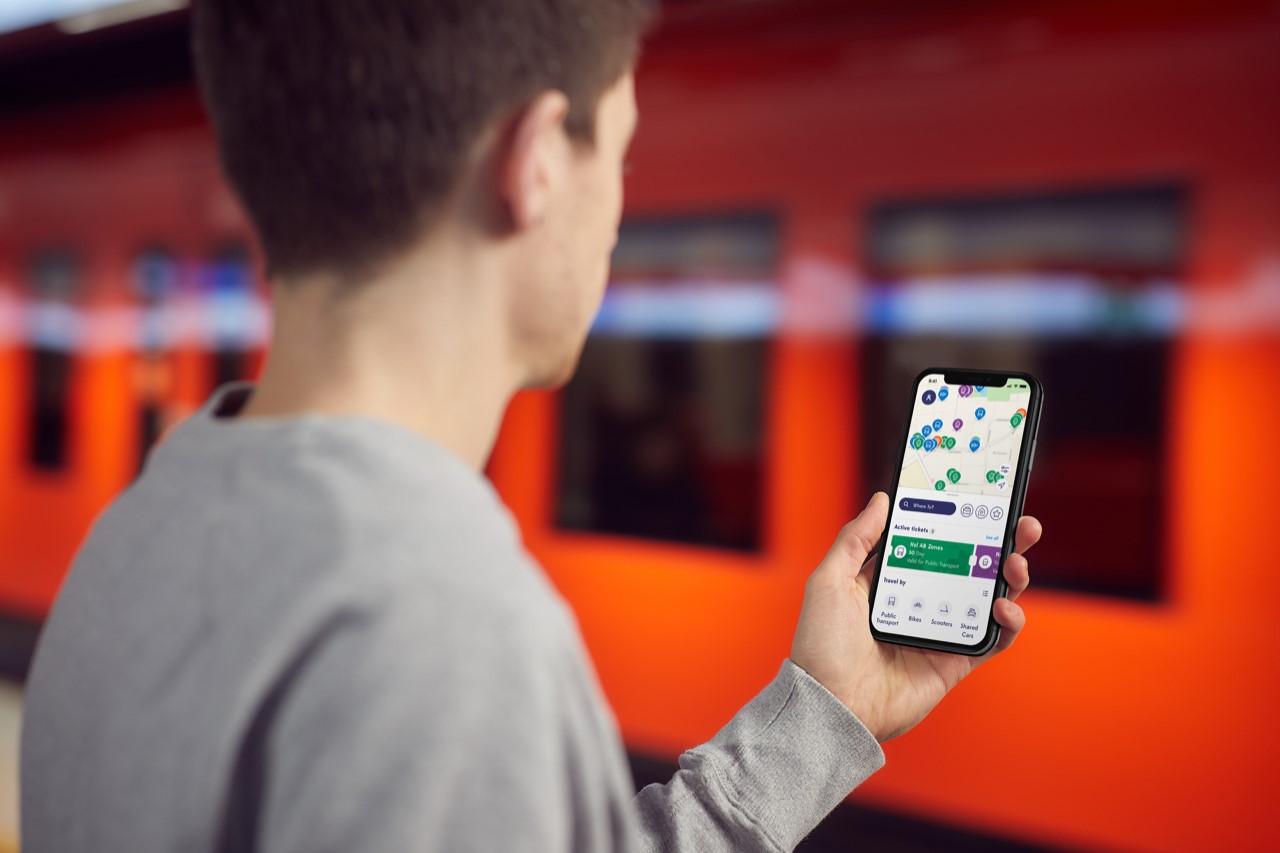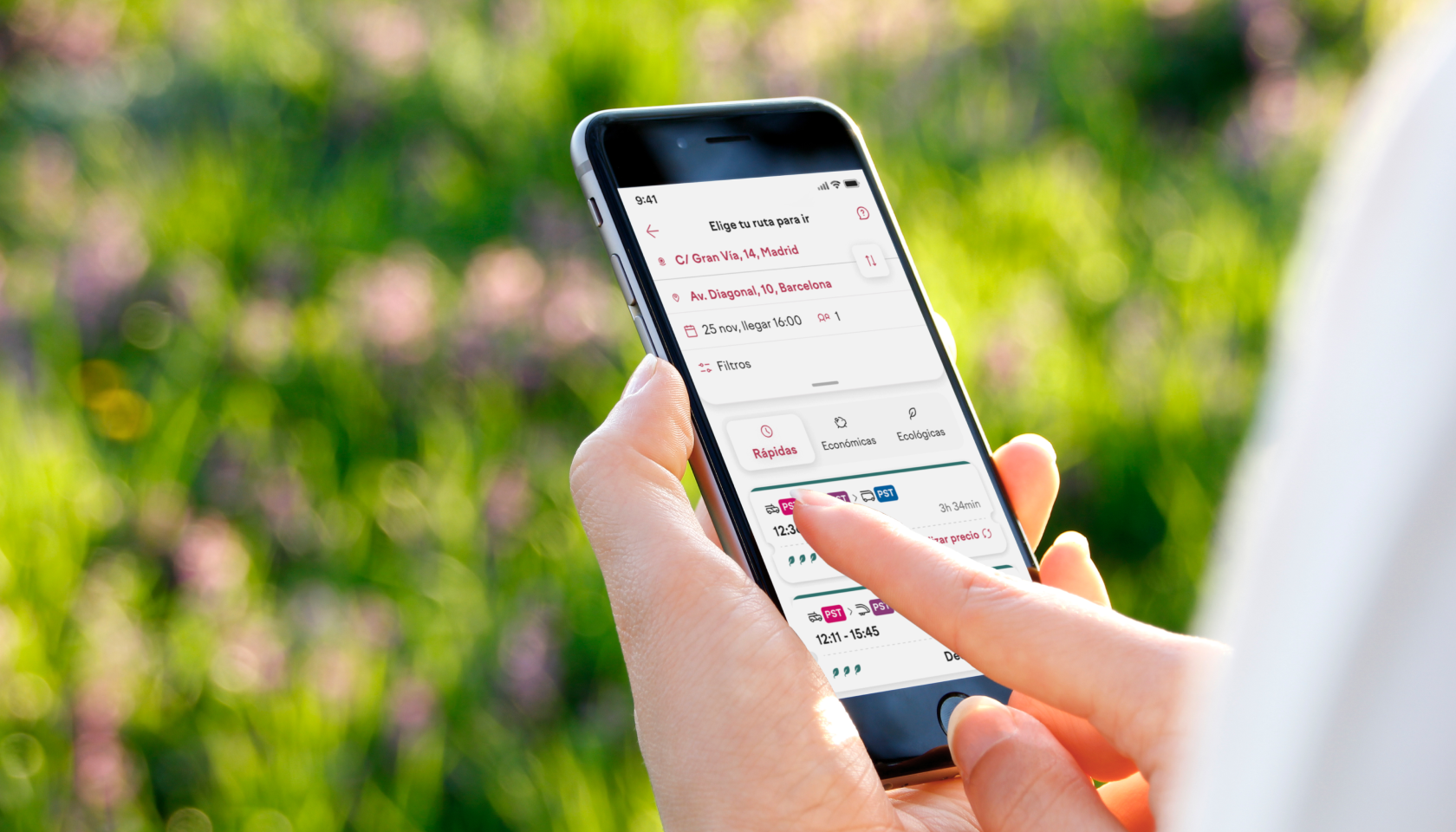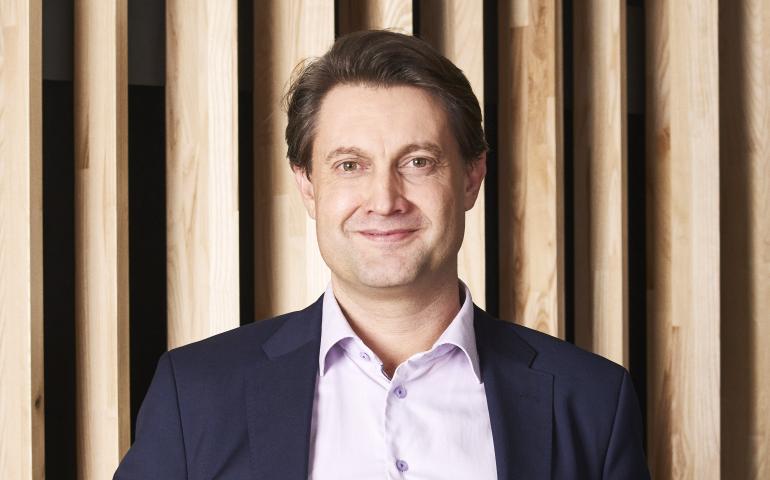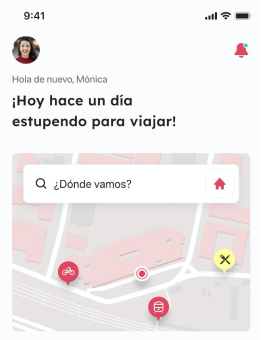Sampo Hietanen is the inventor and pioneer of the concept Mobility as a Service (MaaS). He is the founder and CEO of Finland based MaaS Global Ltd, the world's first MaaS company and the company behind the award-winning Whim app.
Sampo’s vision for the sustainable future of mobility is partly technological, but fundamentally human: “The technology is already here. All we need to do is figure out our customers’ dream and build the services to match it.”
And with this reflection from today's MaaS expert, we begin our interview.
Sampo, you are a visionary. You were the first one to redefine mobility with MaaS. How did you come up with the idea?
Everything started in 2006 when I was asked to give a speech about how the new technology will change the whole mobility sector. And in that moment, I thought: what if something similar to the Telecom would happen to the mobility sector? What if technology would enable us to have a personal mobility operator. What would this change?
Consequently, I looked at the amount that people spend in mobility and found out that they spent 10 times more in mobility than in telecom. Then, I did some research and discovered that a big part of households’ mobility costs goes to the car; nevertheless, the car was used only about a 4% of the time.
Therefore, the first idea that came to my mind was to create something better than car ownership, although I knew that public transport wouldn't be enough to generate a shift in behaviour as users might need to switch to taxis and other modes of transport from time to time. The following question emerged: what if all these services were brought together into one extremely simple, convenient subscription?
What difficulties have you encountered over the years to bring MaaS to reality and what have been the keys to this success?
First, it was to ascertain that it was technically possible. In 2006 we came up with the concept, but it took until 2016 to start putting everything in one app: public transport in inner city, intercity trains, car share, car rental, E-scooters, bikes… It seemed to be all possible thanks to technology, however not easy.
Second, it was to make sure that these modes of transport agree to live together side by side within one app. At that time, everyone in the industry agreed that there was low chance to get different mobility providers into the same service.
Nevertheless, I was convinced that MaaS would only be possible if all mobility providers would act together and combine. In this case, there would be a chance against car ownership. The services market represented 24% of peoples` share of wallet, 76% going into the car and unless we offered an equivalent service, people would never give it up. And actually, it took many years to start getting the partners into the platform.
It's not about transport competing with each other, it's about all modes of transport coming together to compete against car ownership.
The third challenge was the hardest. We got the partners, but then eventually we needed to acquire the users. This was hard because it was a new creation and we needed to generate demand.
In fact, this kind of service isn’t something that people have in mind. They don't even believe that you can really put everything into one app without needing to leave the app. This is why, we ended up giving over 2000 speeches about MaaS and shared all our business secrets to all the partners just to get the whole movement going.

MaaS Global is currently available in Helsinki (Finland), Antwerpen (Belgium), Vienna (Austria), West Midlands (UK), Switzerland and Tokyo. What is your value proposition for citizens?
In many of these locations we have been changing a bit. The most important for citizens is convenience. Actually, the mobility industry got it wrong considering that the centrepiece of people was mobility; people don´t see it as a main process.
We know that we cannot go wrong by providing people with ease in their lives.
In general, nobody is out there just to go around. People want to go to a destination and the more we understand this, the easier we make it for people, and the more convenient, the less they have to think about it. Thus, the more we give them that convenience, the happier they are.
Renfe will launch in the next days its integrated mobility platform which is called dōcō.
What similarities do you find between Spain and the cities in which your platform already operates? What challenges do you think or identify in Spain for this?
I think that there are a lot of similarities. European cities and countries are relatively urban. But at the same time, their public transport and the network of different services is quite established. Also, another similarity is that Spanish young people in cities are keen on finding alternatives to car ownership. However, they are not going to do it if somebody doesn't make it extremely easy for them. For this reason, I think that the opportunity in Spain is huge.
Hopefully, there will be a multitude of different players pushing the markets up. Because we've noticed that people see a new phenomenon called MaaS and when they see that there is fierce competition between at least a couple of players, people start trusting in operators because there is competition between them.

Bearing in mind that dōcō is currently in its earliest stage and that the mobility app will add new features and integrate additional services progressively, would you like to share any relevant learnings based on your years´ experience?
On the one hand, one of the most important learnings is that it is obvious where the world goes. The kind of things that people want is a Netflix of transportation networks in mobility. Obviously, this service won’t happen tomorrow.
On the other hand, the most relevant learning is whatever you do, make sure to do it well, as people are expecting a proper user experience. So, whatever you do, don't go into the next stage before you have it right with the basics.
It is not going to be easy. I've seen a lot of cases where it seemed to be failing in the first steps and finally surrendered. Never stop the movement! Cars didn't become successful overnight either. Don't expect this to be successful immediately; this is a marathon, not a 100-meter sprint.


